Persian Spring Feast
One of my most favorite childhood memories are the Spring dishes that were so bountiful in Iran. The most celebrated holiday there occurs during the Spring equinox, and the culmination is festive meals with vibrant colors. The greens in the stews represent new beginnings and the golden hue of the rice is for abundance and prosperity. Cooking Persian cuisine can be an art form, and although I can cook up a mean khoresh (stew) once in a while, I am still not super confident with the art of the rice. The Persians have a techniques which delivers the most delicious crunchy rice called Tadgeegh. I had my beautiful friend Golriz come over for a day of cooking, sipping wine, and celebrating Spring. We met years ago and she has become a dear friend. Golriz is one of those juxtapositions of the feminine. On one hand she is a gentle, lady-like fashionista, and on the other she is a fierce wise woman who can climb a 30 foot redwood without batting a mascara, laden, lash. One afternoon at our dear friend Mariel Hemingway’s retreat, I saw this former Oregon raised tom boy, flick off her Lanvin flats, and traverse a tree as high as a skyscraper. Interview with Golriz below and recipe too!
For more all-natural and organic seasonal recipes, see The Local Rose.
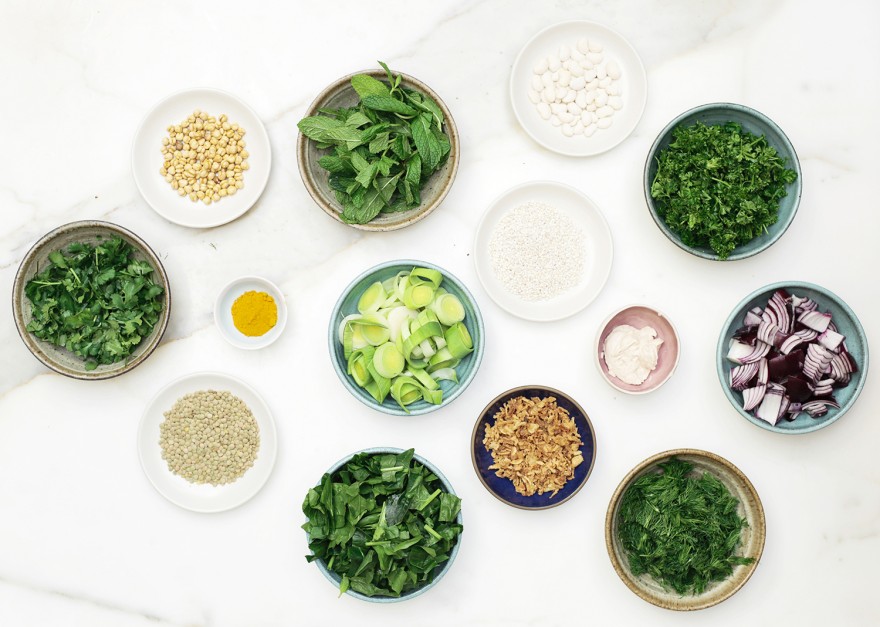
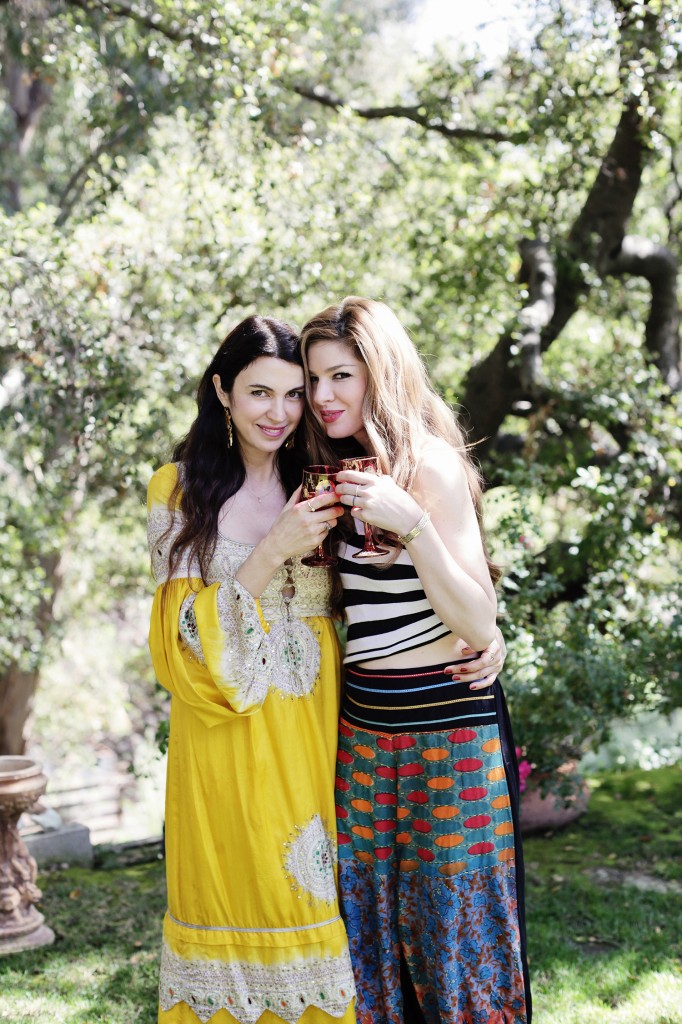
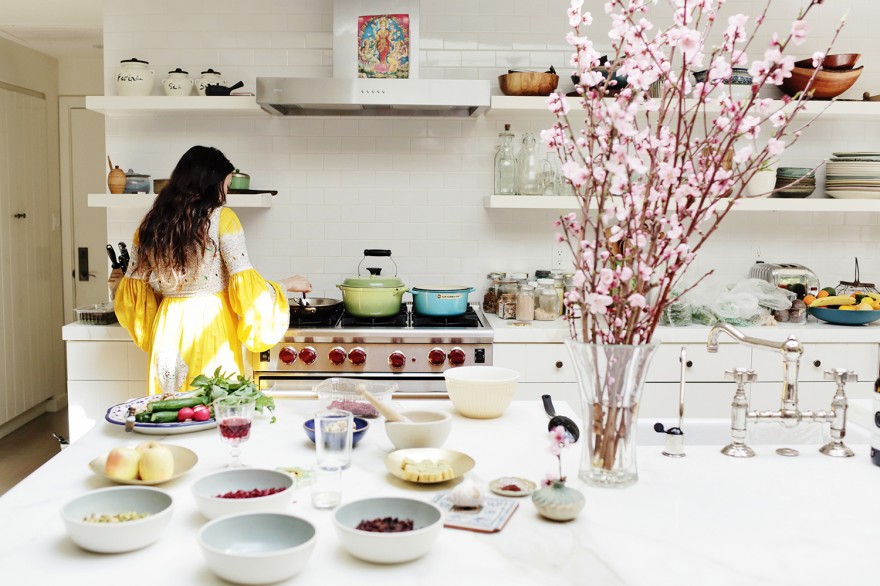
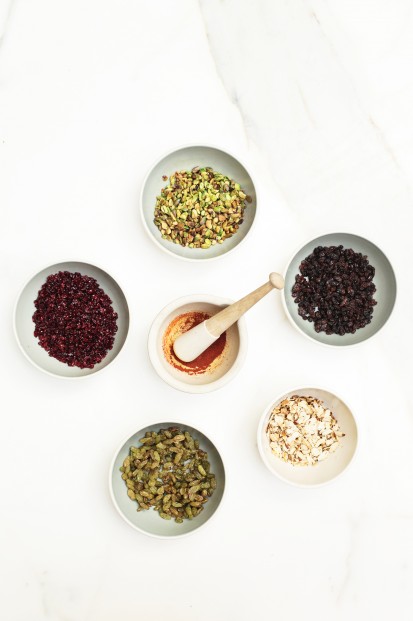

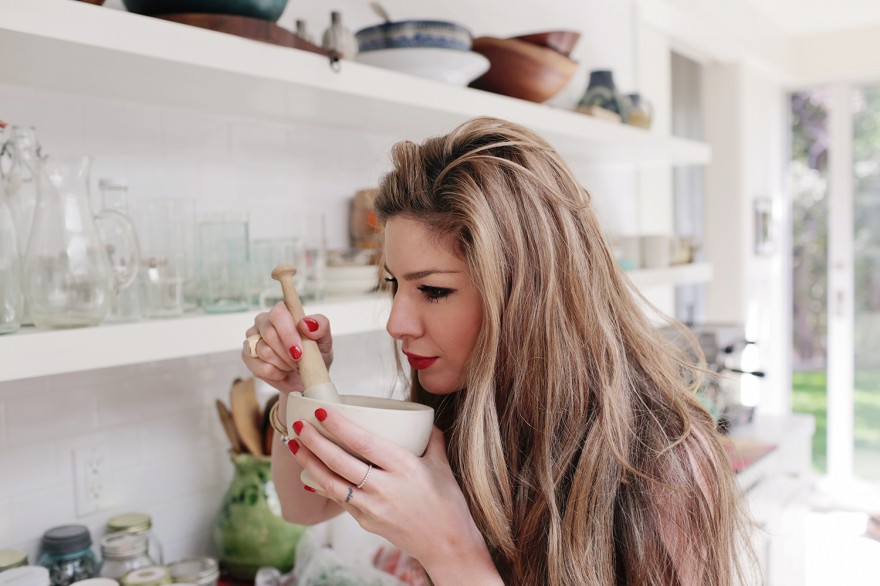
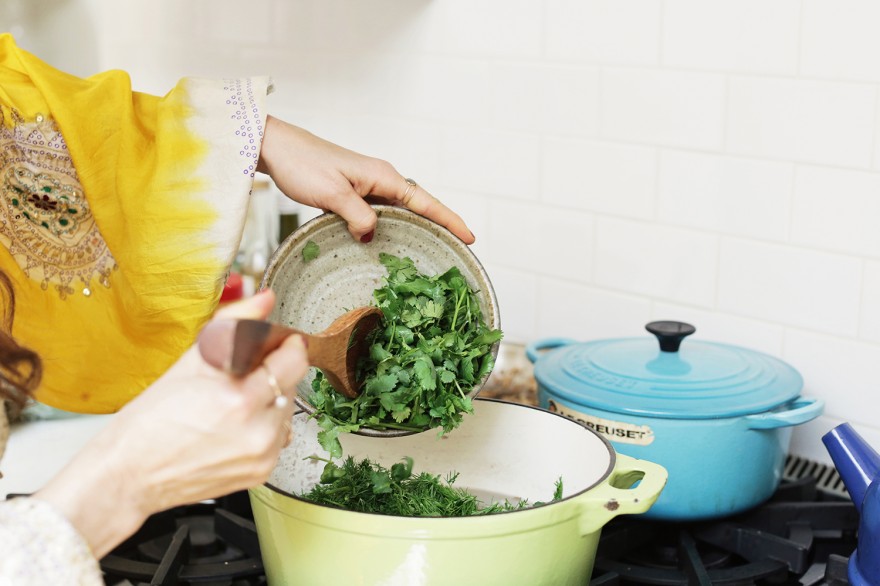
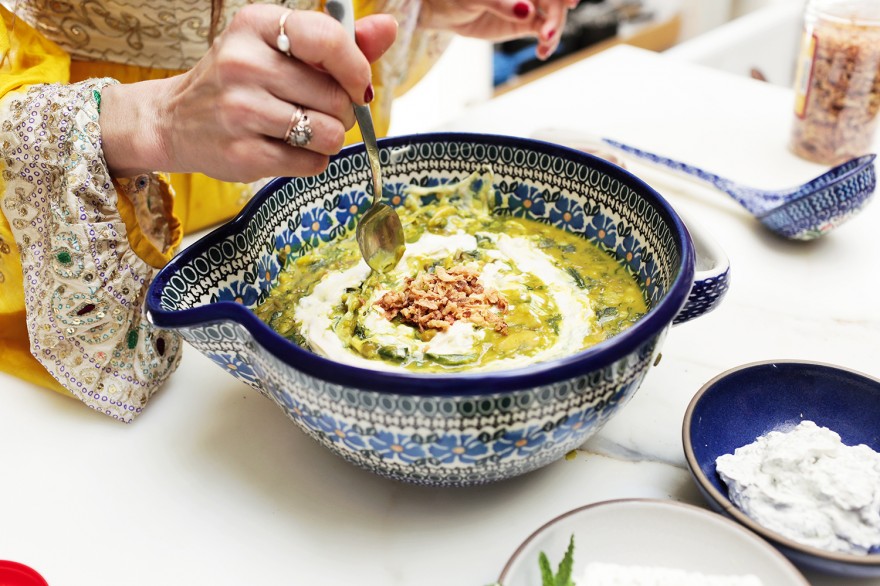
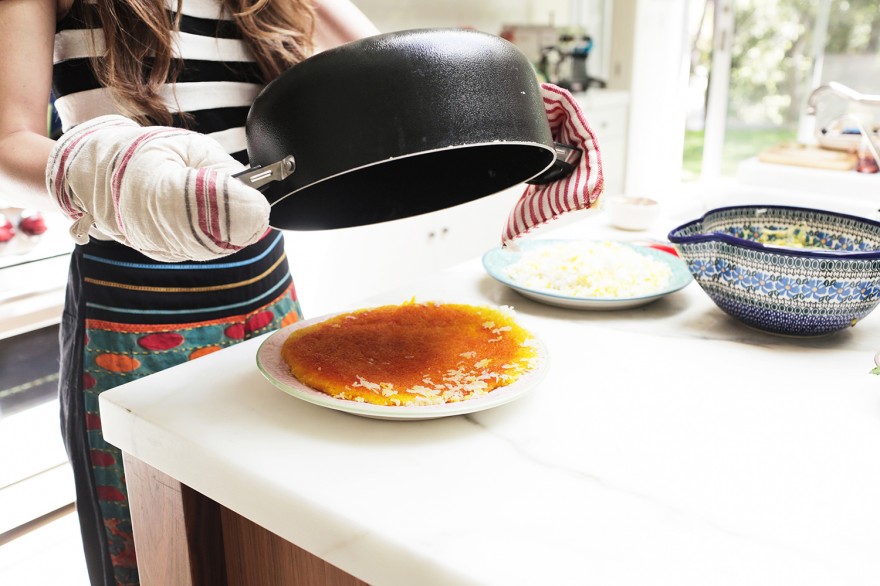
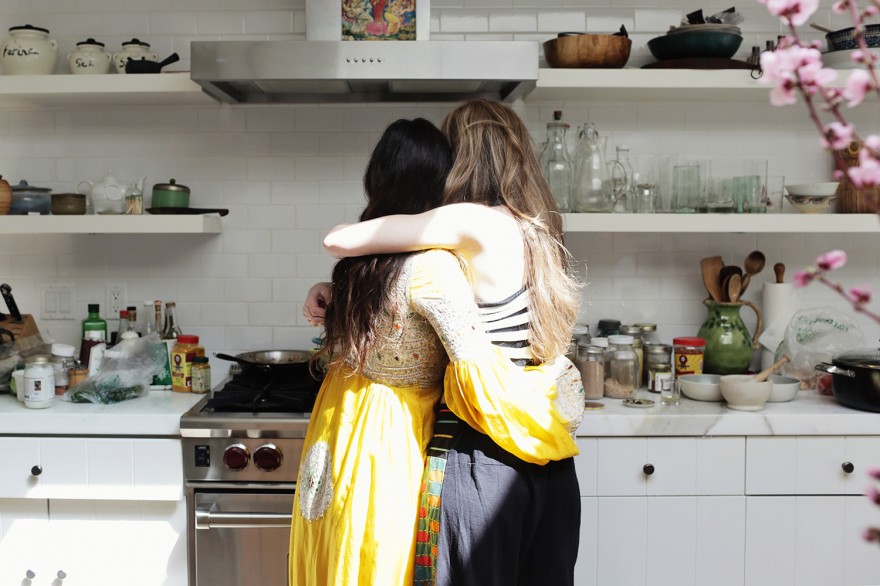
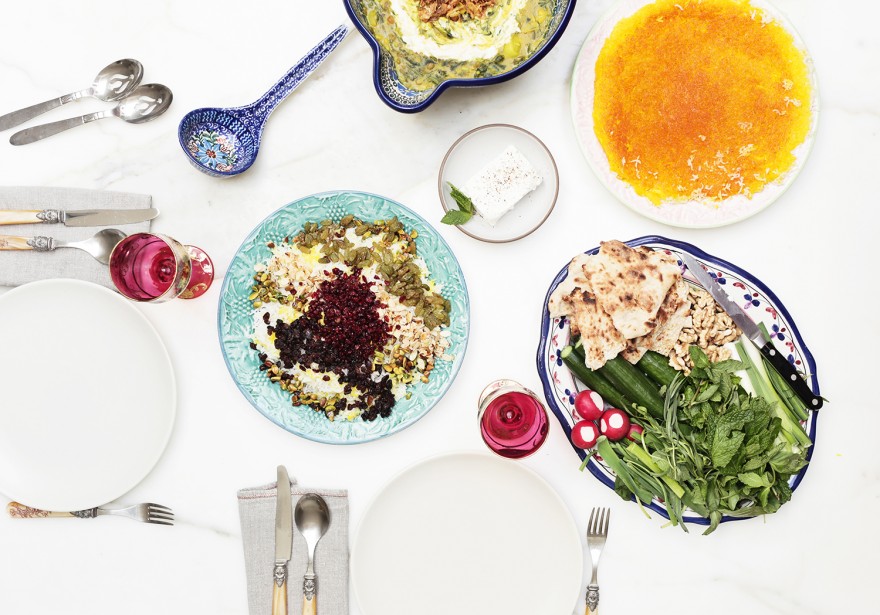
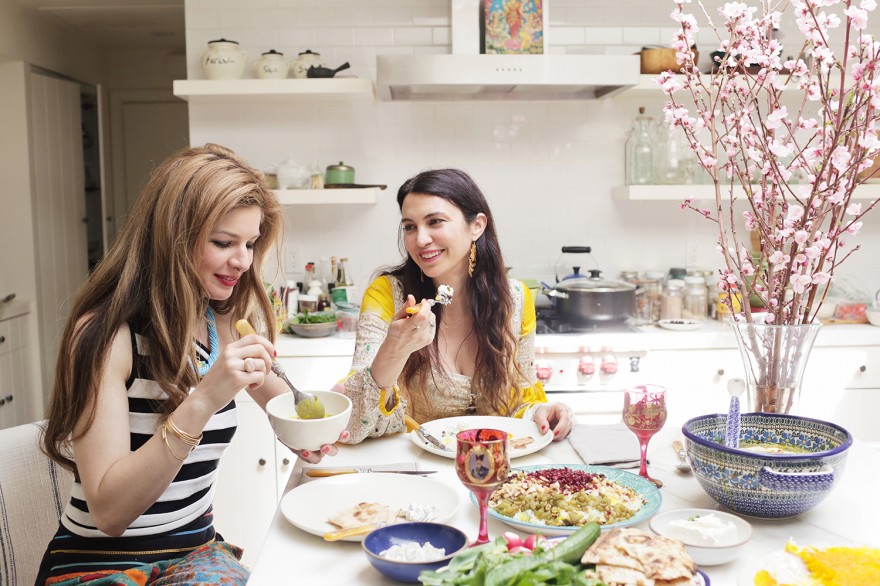
1) Why do you think we should celebrate the seasons especially Spring?
As an Iranian, I grew up with the traditions of the Persian culture, and Spring for us marks the new year celebrated on the day of the astronomical vernal equinox, which is always either on March 21st or the previous or following day. In our culture (as well as the people of Azerbaijan, Afghanistan,Kyrgyzstan and Tajikistan, and by Kurdish communities in Turkey and Iraq), we celebrate Nowruz, which means “New Day” marks the first day of spring as and the beginning of the year in our calendar.
It is celebrated on the day of the astronomical Northward equinox. Intense house cleaning and preparations happen in our homes prior to the sun crosses the celestial equator and equalizes night and day is calculated exactly every year and families and friends gather together to observe the rituals and celebrations and ready to start the year anew. Although Nowruz is celebrated by a number of diverse communities with different backgrounds and religions, it is rooted from of Zoroastrianism, an ancient religion which influences connection of humans and nature and it is several thousand years old.
I love every season, but especially Springtime, as I feel it’s the most beautiful of all when all the flowers are in bloom and the cherry blossom trees are glorious, Spring reminds me of youth and nature.
2) Do you have a Persian beauty secret? For hair? For skin?
Personally I feel I should take better care of myself but I do have a simple routine. I drink a whole pot of herbal tea prior to bed, and I massage natural cocoa butter directly on my face and décolletage to help with smoothing and softening my skin every single night before I go to bed. My skin is very sensitive and I have literally tried everything, and for some reason the healing effects of cocoa butter work best for me, and I do put it in my hair sometimes. I do not think it is necessarily Persian but my mother taught me to use fatty yogurt as a mask, and vinegar as a toner. In general Persian woman are good about using some homemade natural earth driven products on their skin more as opposed to just store bought products. For example your Rose Oil is brilliant, I love using that too because it is actually very naturally derived, you’ve just made it simpler for the rest of us.
3) What inspires you?
Inspiration is amazing and so influential in my life, I feel everyone needs to be inspired by something everyday. My biggest personal problem though with inspiration is that I get inspired too easily and it distracts me, even though by nature I have a lot of drive and enthusiasm. I can literally get inspired with a drop of a hat. I can make up whole fashion collections in my head just from looking at a photo, I think of a story or film scenario from a sentence. I feel this might be because I come from a sensitive artistic mother and a scientist father, both never stopped my sister and I from having vivid imaginations and let us be free in our thoughts. Probably the things that inspire me most are things that move me emotionally. Colors, textures, nature, animals, music, beauty, and of course people. I am very interested in individuals, their backgrounds, and their lives.
4) Where do you see yourself in ten years?
My goal is to live partly in Europe with my husband, we have talked about moving there for years! Life is somehow simpler there, it’s slower, even in the city. Here in the US, time passes too quickly. That is why I admire friends like you dear Shiva, because you are perfecting a life full of nature and taking the time to smell the roses, in beautiful Santa Monica mountains, I love you for that.
5) Do you have a favorite motto or words that you live by?
I live by: Loyalty, honor, uniqueness, understanding, joy, strength, love.
My motto is finding the comedy in any tragedy or tragedy in any comedy…
what I mean is I always try to be as realistic as I can be. For example, if I am incredibly happy -I remind myself that I am very blessed since there is so many unfortunate people at that same moment I am happy, and if I am miserable about something like a family tragedy or loss, I remind myself that life goes on and there are so many reasons to be happy because again, I am blessed since at that same moment theres others that are suffering a far worse tragedy than mine that I’d never know.
6) What are your three favorite beauty products?
Cocoa butter! from drug store, under $10 for a huge jar, and I use it all over.
Mascara, sensitive eyes, but YSL is my favorite.
Lipstick, I always feel good with lipstick, Chanel or Burberry & Guerlain, I love luxurious lipstick, even though I know I should use less for many reasons.
7) You have been a in a loving marriage for years what is the secret?
My secret for having a long lasting marriage to be honest is that we both help each other get stronger if things get tough….we balance each other out and help each other through everything. Understanding and cherishing one another is key. Selfishness and entitlement is, what I feel, what breaks a lot of marriages. Also I feel I have similar qualities to my grandmother who was always incredibly loyal and loving towards her very famous husband (my grandfather) even at height of his fame when he occasionally may have disappointed in area of husband and father due to his success and lack of being present, even at those times she showed resilience in her life and love towards him, which in turn made him adore her even more. Marriages are partnerships with hardships, ups and downs and if you are not in it for love, it usually fails. If you sincerely love someone with all your heart, you are so lucky, because most of the time it is naturally reciprocated as love is contagious and grows if you know how to water it. Everyone is different and learning to understand and be patient makes your heart stronger, sometimes you may not exactly be compatible but learning what makes the other person happy in turn makes you happier. Learning how to receive love is important, but the first step is to love yourself and know how to love others uncondtionally. Also it helps to have a great partner, I know I am blessed with having a good solid husband.
8) What book is on your nightstand?
Presently I have a load of fashion magazines on my nightstand that I have not looked through yet with attention, but I am excited to read “Yves Saint Laurent ” by Laurence Benaïm before the new film is released in the US. My favorite books are biographies.
9) Are you a mermaid or forest fairy?
I am absolutely a forest fairy that wishes to be a mermaid.
10) How can one be fearless? Ive seen you climb a tree that was as high as a skyscraper. Do you talk to yourself
or just not think about it?
As a child, in pre-revolution Iran, I did not experience fear in adventure, I was fearless because my father would take me with him daily to a club he rode his horses in Tehran called The Shah’s Club (Koolobeh Shahanshahi). He would let me play in the barn with the horses while he went riding for hours, I would walk between their legs and pull myself up and ride them around bareback inside the stalls. Years later in growing up in Oregon, I climbed large trees- as we all did, for fun. My sister and I would dangerously run across nothing but a tree branch to cross a river in a secluded park with our friends while no adults were around. We were all fearless growing up, because back then parents allowed their children confidence, right now no parent I know would let kids do the things I did as a child, which is sad because protecting kids too much they grow up with fears because of the unknown. I have fears too, but mine are never from nature. It’s from heavy machinery and new technology that disconnects people from one another and nature. I’m definitely a victim of it, as I fear my iphone yet I cannot let go of it.
I think everyone should try to climb a tall tree at some point, it’s exhilarating to be at top and sit still on a branch for a few minutes at least, and makes you really feel one with nature.
Scoop out the desired amount of rice into a bowl (whatever amount you want, just remember 1 cup dry makes 3 cups cooked).
Pour water over it to rinse it and then pour the water off.
Repeat this until the water runs clear.
Add the rice to the boiling water.
Boil rapidly for 5 minutes.
Bring pot to the sink and turn the cold water on to make the starchy water overflow.
Drain into a colander.
Put the pot back onto the stove at medium to medium high heat (this may vary depending on your stove) and add oil (enough to just cover the bottom).
In a small bowl, melt butter (about 1 tablespoon of butter per cup of dry rice) with a pinch saffron in it (if you have a mortar and pestel, grind the saffron first, otherwise, don’t worry about it).
Take a scoop of the rice from the mound and stir in the bowl used to melt the butter (just to get the last of the saffron butter out).
Put the rice back into the pot.
Place about 3 layers of paper towels to cover the top of the pan and then place the lid tightly over the pan.
Cook at the medium-medium high heat for 8 minutes.
Turn the stove down to the lowest temperature it will go and steam for 35 more minutes.
To serve, scoop the rice out from the top of the pan being careful not to brake the crust on the bottom.
Once all the rice is out except for the crust (tadig), take another plate, big enough to cover the opening of the pan and flip the crust out onto the pan. It should be golden brown and beautiful! If it is black, the temperature of your stove was too high and the entire pot of rice may taste burnt
- In a large stew pot, place barley, chickpeas, beans, lentils and add 6 cups of water. Bring to a boil on medium-high heat, then reduce the heat to medium-low and cook for about 1 hour and 40 minutes or until beans are tender.
- Add the chopped vegetables, salt, and pepper.
- Stir a few times to prevent it from sticking to the bottom. Add more water if necessary.
- Cook for another 20 minutes on low heat. Taste and adjust the seasoning.
- In the meantime, in a small pan heat some oil, saute the sliced onions until golden brown, add turmeric and mint, saute for 5 more minutes. Set aside.
To serve, pour soup in a serving bowl, top with some kashk, fried onions and mint. Serve warm with warm bread.

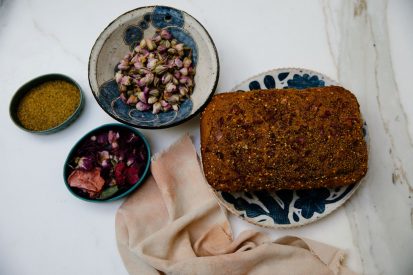
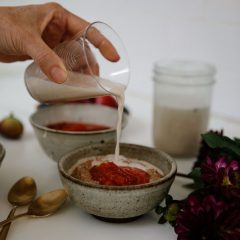
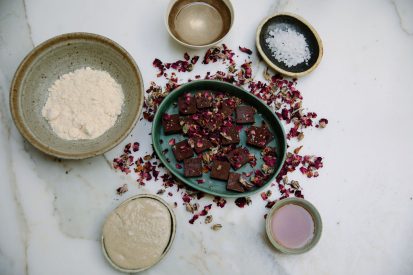
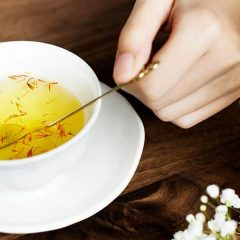
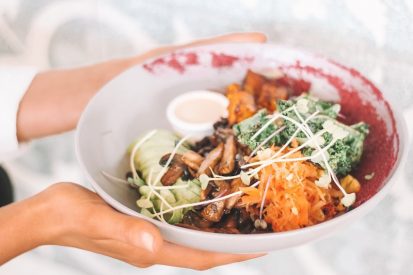
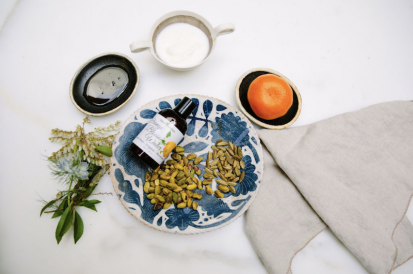
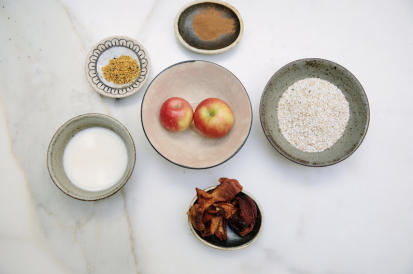
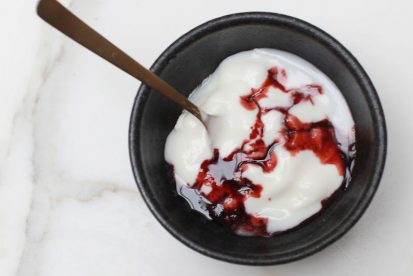
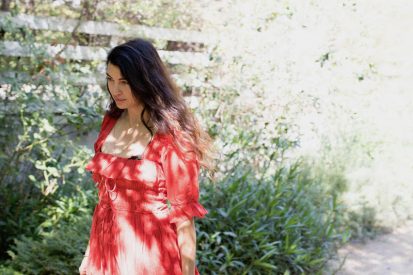
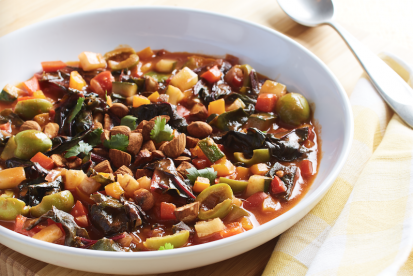
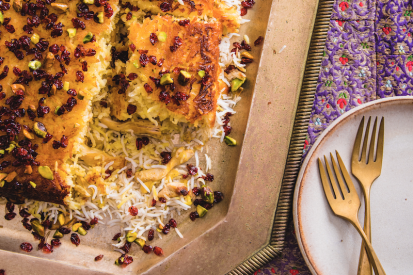
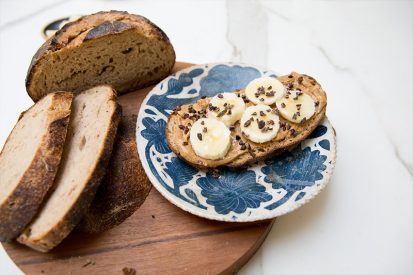
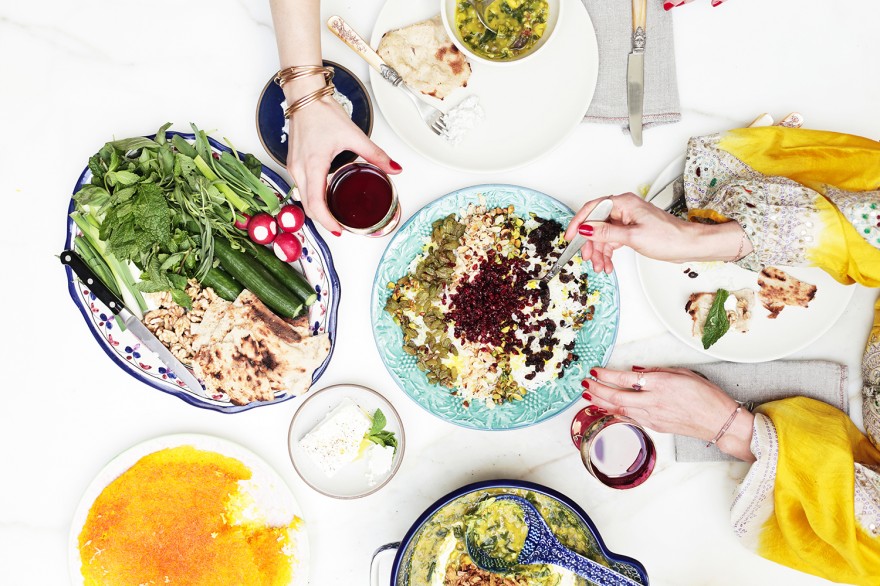
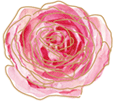
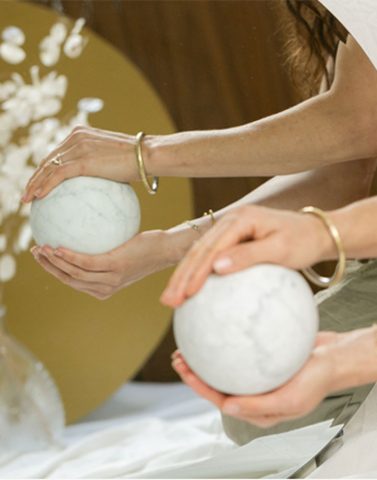

The rice dish sounds delicious. No water the second time around? Just butter? Did you use a Teflon pot? I only have Le Creuset and glass; I wonder which would have less tendency to stick… Do you know what type of vessel was used traditionally for this dish?
Thank you for the lovely post.
Erin
Thank you for your questions:
After you wash the rice thoroughly and boil it in a large pot of water, strain and rinse it with cold water. This is after it elongates and becomes soft, typically it’s best it is not fully cooked before you do this on high heat boil for ten minutes it’s usually enough depending on the pot and stove heat transfer. After straining the rice with cold water put oil in the pot on the stove and transfer the rice back in the pot without water and cover with a towel, cook on medium heat for 20 minutes or until well done and fluffy. You can use coconut oil, butter or grape seed oil for best results. For great tadik you can thin slices of potato or pita bread, use oil on the bottom if pot, we added watered down saffron too.
We used Teflon because it’s best when you want to make tadik as it does not stick on the pot this way but if you can master using Le Creuset or any ceramic or glass it’s much better and that is what we use most of the time. Just with rice it’s tricky so the Teflon helps. There are Teflon pots at the Persian market but beware that you should throw them away if any scratches are at the bottom after any cooking. For most persian rice dishes and polo it’s typical to use Teflon.